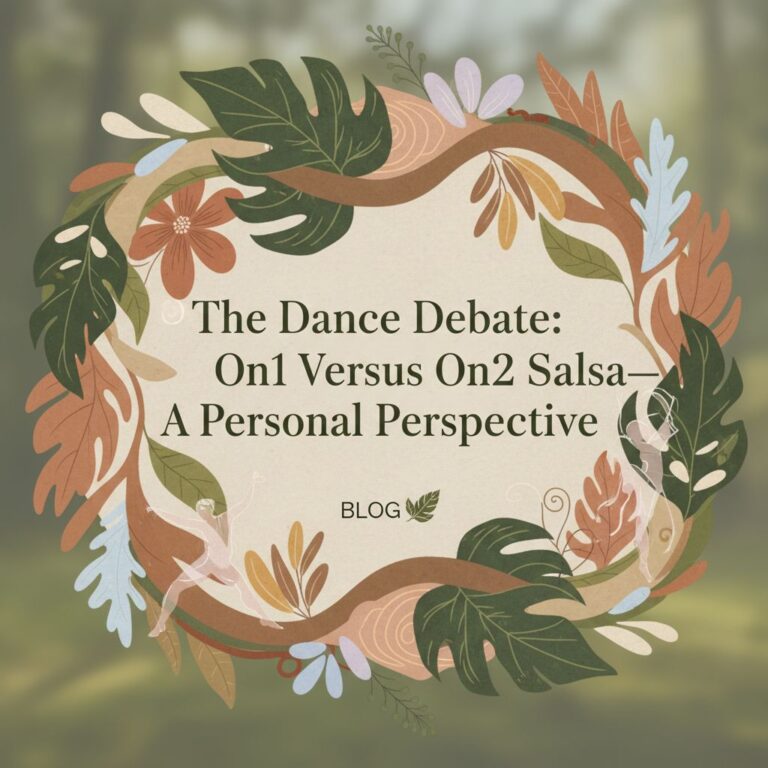Understanding the Dance Floor
Salsa, like leadership, is a dance that requires both assertiveness and receptivity. It calls for a delicate balance of guiding and letting be guided. As a salsa dancer, the question often arises: should leaders also practice being a follower? My answer, in short, is yes. A leader’s understanding of the follower’s role is instrumental in enhancing the dance experience for both parties.
The Value of Empathy
Being able to put yourself in your partner’s shoes facilitates an empathetic connection. This empathy is not just about understanding the steps or the technicalities, but about feeling the nuances, the weight shifts, and the subtle signals that followers respond to. This sensitivity enriches your ability to lead, making the dance a shared journey rather than a dictated course.
Bridging the Gap
A leader who understands the follower’s role is better equipped to bridge the communication gap in salsa. When you’ve experienced the other side, you can better anticipate the challenges your partner might face, and how you can assist them.
Fluidity in Leadership
Leadership in salsa isn’t about control, but about creating a space where both dancers can express themselves freely. A leader who has followed knows the importance of this space, and can better create it. They become less fixated on executing moves perfectly, and more focused on creating a fluid, enjoyable dance experience.
Breaking Stereotypes
By choosing to practice as a follower, leaders also challenge the conventional stereotypes around leading and following. It opens up a space for dialogue and innovation, and allows for a more inclusive environment where everyone can explore and grow.
The Joy of Learning
Above all, salsa is about the joy of dancing together. Learning both roles allows you to appreciate the dance in its entirety, and opens up new avenues for connection and enjoyment. You become not just a better leader, but a better dancer and partner.
In conclusion, the dance floor of salsa is not just a space for executing moves, but a stage for communication, connection, and mutual growth. By learning to follow, leaders can enhance their understanding, empathy, and ability to connect, creating a more enjoyable and rewarding dance experience for themselves and their partners. The dance of leadership and followership is indeed a dance worth mastering.







